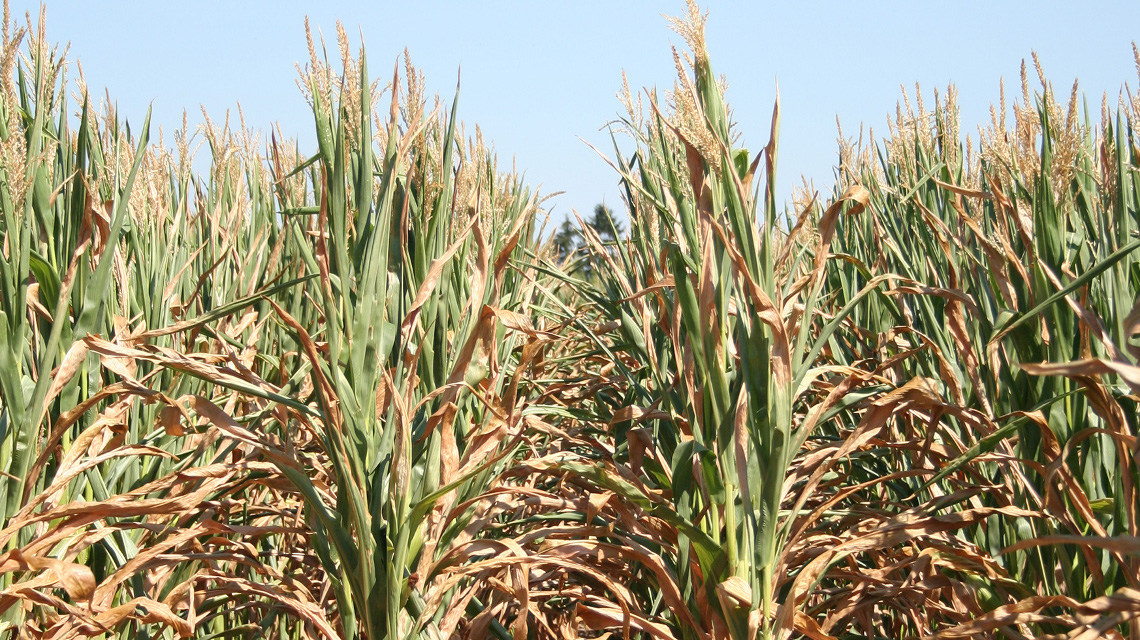Drought worse than heat for plants
According to plant researcher at the Leibniz Centre for Agricultural Landscape Research (ZALF), drought stresses arable crops more than heat and leads to higher crop losses.

The summer of 2018 was unique in many ways. Some aspects, however, were less pleasant than others: several regions of Germany saw losses in arable crops of up to 50%. Given climate change and global warming, such weather extremes will most likely increase even further in the future. In order to secure food sources, it is therefore paramount that agriculture adapts to climate change. This includes new strategies for agronomic management and breeding of more heat- and drought-tolerant crops. To do so, plant breeders need to know whether plants are more vulnerable to heat or drought. Therefore, an international research team led by the Leibniz Centre for Agricultural Landscape Research (ZALF) in Müncheberg near Berlin has investigated these questions.
Forecast for crop failures
"Understanding whether we expect most risk to crop production under climate change to come from drought or heat stress can help farmers and breeders select the right varieties and farm management," says Heidi Webber, agricultural scientists and group leader at ZALF. Webber is also the lead author of a new study published in "Nature Communications" that analysed the yields of grain maize and winter wheat in European agriculture from 1984 to 2009 and, on the basis of national and international statistics and numerous models, determined the proportion of yield losses due to heat and drought and tried to predict the yields for both crops under climate change conditions by 2055.
Drought presents biggest risk
According to the plant researchers, if crop varieties and planting dates remain the same, yields of grain maize will decrease, while those of winter wheat will increase. The reason: additional CO2 in the atmosphere benefits winter wheat but not maize. Therefore, the authors conclude, drought presents the biggest risk to arable crops. Understanding this can help farmers and policy makers select the appropriate countermeasures.
Moreover, Weber and her team also showed for the first time how high temperatures cause yield losses: The first aspect is the fast growth due to high temperatures as it causes the plants to mature before accumulating enough biomass. Additionally, high temperatures can also disrupt critical reproductive functions, thereby leading to big reductions in grain yield. The third and probabaly most impactful reason is the high evaporation rate which occurs on hot days and can in turn lead to drought stress, also known as water stress, given insufficient rainfall and no irrigation. "Earlier studies for Europe which showed that high temperatures explain the majority of yield losses, did not take into account that water stress is a likely important outcome of hot days," says Webber.
Mechanisms against drought stress and heat are very different
Although it might seem counterintuitive to separate the mechanisms protecting plants against drought stress from those protecting against overheating, they are in fact very different, can even be mutually exclusive and are very difficult to control for in the field. Therefore, it is of utmost importance to make the right decision regarding the neccessary adaptations by the plants. New modelling approaches and experimental tools can be combined to explain which responses and options are likely to be the most successful.
jmr


